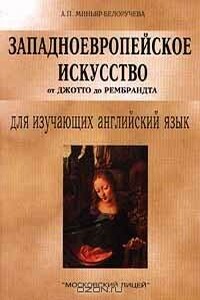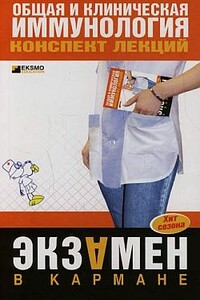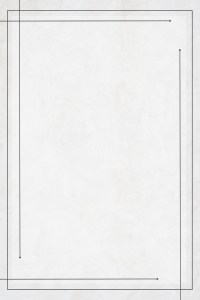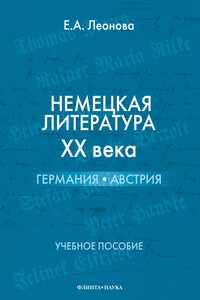Западноевропейское искусство от Джотто до Рембрандта. Для изучающих английский язык | страница 31
After the death of the warrior pope Julius II Giovanni de Medici became Roman pope. Raphael painted the portrait of Pope Leo X with Cardinals Giulio de'Medici and Luigi de'Rossi in 1517 (the fateful year when Martin Luther, whom the Pope excommunicated in 1520, nailed his theses to the door of the castle church in Wittenburg). Raphael has shown Leo X as he was in an unsparing portrait – corpulent, shrewd, pleasure-looking. Raphael endowed his subject with a new mass and volume. His analysis of the character was unexpected and profound. Raphael has shown the Pope who was incapable of holding the Roman Catholic Church together.
One of Raphael's last and greatest paintings was the Transfiguration of Christ, painted in 1517. In contrast to the traditional rendering of the subject, Raphael painted an accompanying incident as well. It was told by Matthew and Luke. When Peter, James, and John had accompanied Christ to the top of a high mountain, the remaining Apostles were unable without his presence to cast out the demons from the possessed boy. The lowei section is composed of the agitated figures of the Apostles and the youth plunged into semidarkness. The upper loop is composed of Christ, Moses, Elijah, and three Apostles. Christ and the prophets fly in the air as if lifted up by the spiritual experience. In this vision of Christ Raphael embodied his beliefs.
The great painter died on Good Friday, April 6, 1520, at the age of thirty-seven. His funeral was held in the Pantheon and the Transfiguration was placed above his bier.
To his contemporaries Raphael's death seemed the end of an era, but a closer look shows that, in a way, the High Renaissance synthesis of Classical and Christian had already started to dissolve. Inevitably, it was an unstable equilibrium. Nonetheless the great solution remained, on the walls of the Vatican, the ceiling of the Sistine Chapel, and in the churches and palaces of Florence and Rome. Leonardo, Michelangelo and Raphael left a vision of the powers of the human being and the grandeur of human imagination that had not been approached since the days of the ancient Greeks. These solutions continued to inspire artists in every century after the short-lived High Renaissance itself passed into history.
Make sure you know how to pronounce the/allowing words:
Raphael; Urbino; messiah; tiara; Wittenburg; Martin Luther; Pantheon; Eucharist; Elijah; Matthew; Luke; Ingres; luminous



